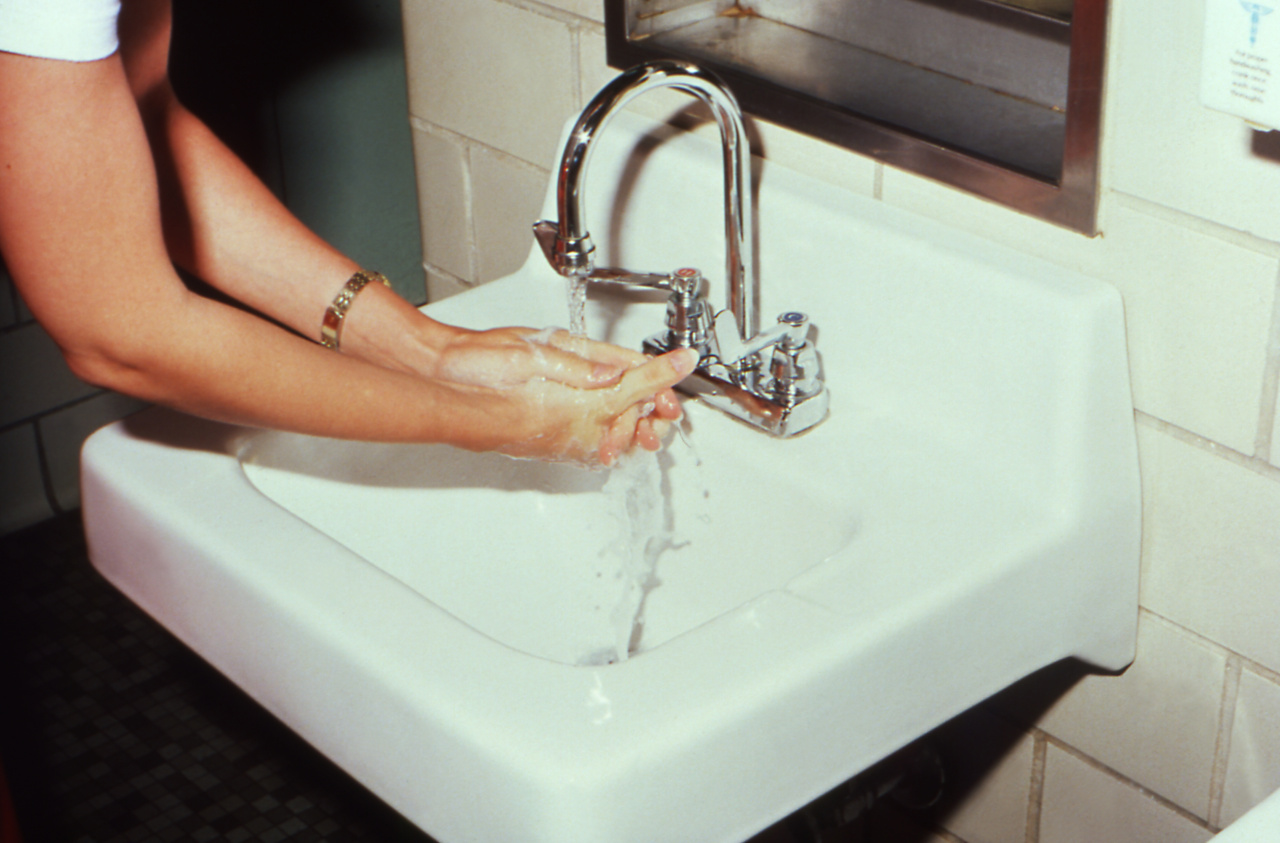Washing your hands is a simple and effective way to prevent the spread of germs and keep yourself and others healthy. However, many people are not washing their hands correctly, which reduces the effectiveness of this basic hygiene practice.
In this article, we will discuss the common mistakes people make when washing their hands and provide you with the proper technique to ensure cleaner and healthier hands.
Mistake #1: Not Washing for Long Enough
One of the most common mistakes people make when washing their hands is not spending enough time scrubbing. The Centers for Disease Control and Prevention (CDC) recommends washing your hands for at least 20 seconds to effectively remove germs.
Unfortunately, many individuals only spend a few seconds rinsing their hands, which is simply not enough to eliminate harmful bacteria and viruses.
Mistake #2: Neglecting the Back of your Hands
Another common mistake is not paying attention to the back of your hands while washing. Germs can easily hide on the back of your hands, especially if you touch contaminated surfaces.
To properly clean your hands, don’t forget to scrub the back of your hands, including in between your fingers and around your nails.
Mistake #3: Using Water That’s Too Hot
Contrary to popular belief, using extremely hot water is not necessary for effective handwashing. In fact, hot water can be harmful to your skin, causing dryness and irritation.
The best temperature for handwashing is warm water, as it effectively removes germs without causing damage to your skin.
Mistake #4: Not Using Enough Soap
While rinsing your hands with water alone can help remove some germs, it is not as effective as using soap. Soap helps to break down and remove germs, dirt, and oils from your hands.
However, many people do not use enough soap or simply skip this step altogether. Be sure to use an adequate amount of soap to ensure proper hand cleaning.
Mistake #5: Ignoring Your Palms
When washing your hands, focus on all areas, including your palms. Your palms come in contact with various surfaces throughout the day, making them a prime spot for germ accumulation.
Take the time to rub your palms together and make circular motions to effectively clean this important area.
Mistake #6: Not Drying Properly
Drying your hands is just as important as washing them. Leaving your hands wet can promote the growth of bacteria. Unfortunately, many people do not dry their hands thoroughly or use dirty towels to dry them, which can reintroduce germs.
Use a clean towel or air dry your hands completely to avoid any potential contamination.
Mistake #7: Only Focusing on Handwashing
While handwashing is crucial, it should not be the only hygiene practice in your repertoire. Remember to also clean and sanitize frequently touched surfaces, such as doorknobs, phones, and keyboards.
Additionally, avoid touching your face, especially your eyes, nose, and mouth, as this can transfer germs from your hands to these sensitive areas.
Mistake #8: Neglecting Handwashing During Key Times
Handwashing should be a regular habit, but there are certain key times when it is especially important.
These include before preparing or eating food, after using the restroom, after coughing or sneezing, and after coming into contact with someone who is sick. Make sure to prioritize handwashing during these critical moments to prevent the spread of germs.
Mistake #9: Using a Dirty Soap Dispenser
While you may focus on washing your hands properly, you could be unknowingly exposing yourself to germs if you’re using a dirty soap dispenser. Soap dispensers can harbor bacteria, so it’s essential to clean and disinfect them regularly.
Additionally, if you’re using a public restroom, be cautious and consider using hand sanitizer after washing your hands to further protect yourself.
Mistake #10: Not Teaching Proper Handwashing to Children
Proper handwashing is a skill that should be taught and reinforced. Unfortunately, many children do not receive adequate education on the importance of handwashing or how to do it correctly.
As a parent or guardian, take the time to teach your children the proper handwashing technique and ensure they practice good hand hygiene.
Conclusion
Handwashing is a simple yet powerful practice that can prevent the spread of germs and keep you and others healthy.
By avoiding these common mistakes and following the proper handwashing technique, you can significantly reduce the risk of infections and maintain good hand hygiene.




























